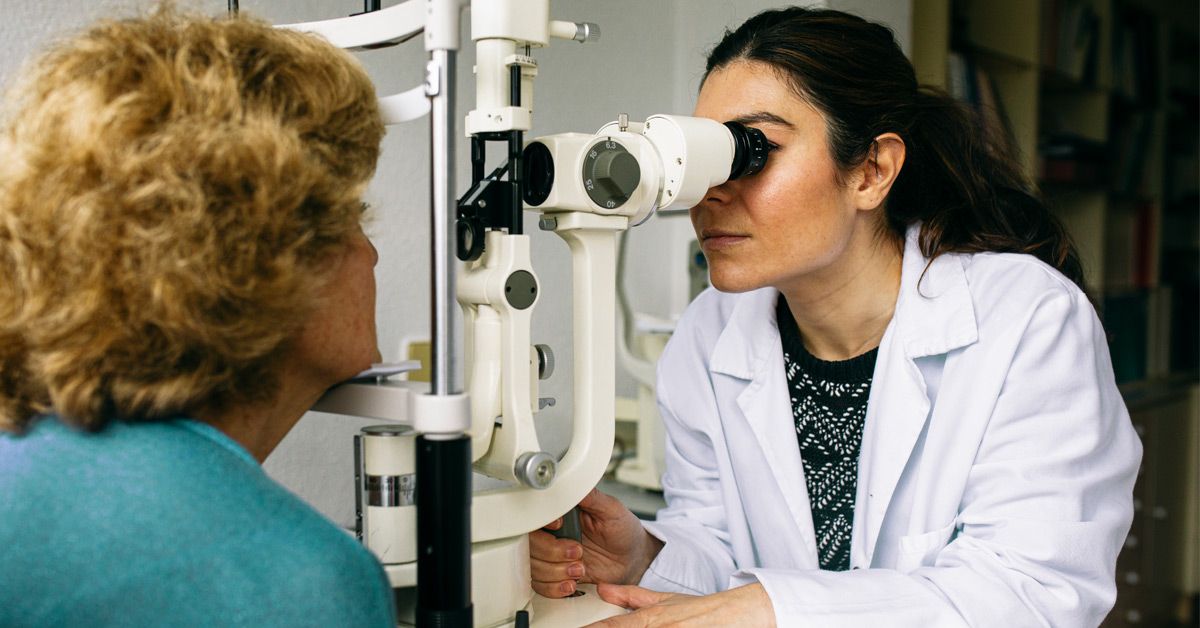Ozempic, Wegovy Potentially Linked to Rare Eye Disease in New Study
Ozempic, Wegovy Potentially Linked to Rare Eye Disease in New Study
New Study Finds Potential Link between Semaglutide and Rare Eye Disease
A recent study published in the journal JAMA Ophthalmology has raised concerns about a potential link between the diabetes medication semaglutide, which is used in both Ozempic and Wegovy, and a rare blinding eye disease called non-arteritic anterior ischemic optic neuropathy (NAION).
What is NAION?
NAION is a rare condition that causes sudden blindness in one eye, often after waking. It is caused by a lack of blood flow (ischemia) to the optic nerve, which connects the eye to the brain. The condition is rare, occurring in only 2-10 per 100,000 people. It is the second most common cause of blindness due to optic nerve damage, after glaucoma.
The Study
Researchers at Massachusetts General Brigham analyzed patient data to look for any retrospective correlation between semaglutide and NAION over a one-year period. The study included nearly 17,000 patients, with 710 having type 2 diabetes and 979 being overweight or obese. The results showed that patients with type 2 diabetes were more than four times as likely to have a diagnosis of NAION, while patients with obesity were more than eight times as likely.
Experts Weigh In
Experts in the field caution that the findings are still early and do not demonstrate causality. "It does not establish causality. It does not establish danger. It does not do anything besides call attention to this and the potential need for us to think about this and study it more carefully," said Nicholas J. Volpe, a neuro-ophthalmologist and Chairman of the Department of Ophthalmology at Northwestern University’s Feinberg School of Medicine.
Why is this Important?
NAION is a serious complication that can lead to blindness in one eye. With the massive popularity of semaglutide, it is crucial for both doctors and patients to be aware of the potential risk. Patients and healthcare providers should discuss the risks and benefits of any medication in the context of an individual’s personal circumstances and medical history.
What Can Patients Do?
Patients taking semaglutide should consult with their healthcare provider about the risks and benefits of the medication. Healthcare providers should be aware of the potential risk and discuss it with their patients.
Conclusion
The study raises important questions about the potential link between semaglutide and NAION. While the findings are still early and do not demonstrate causality, it is crucial for healthcare providers and patients to be aware of the potential risk. Further research is needed to establish the exact link between semaglutide and NAION.
FAQs
Q: What is NAION?
A: NAION is a rare condition that causes sudden blindness in one eye, often after waking. It is caused by a lack of blood flow (ischemia) to the optic nerve.
Q: What is the link between NAION and semaglutide?
A: A recent study found that patients with type 2 diabetes or obesity who were taking semaglutide were more likely to develop NAION compared to those taking a non-GLP-1 drug. However, the study did not demonstrate causality, and more research is needed to establish the exact link.
Q: What should patients do?
A: Patients taking semaglutide should consult with their healthcare provider about the risks and benefits of the medication. Healthcare providers should be aware of the potential risk and discuss it with their patients.
Q: What is the prevalence of NAION?
A: NAION is a rare condition, occurring in only 2-10 per 100,000 people. It is the second most common cause of blindness due to optic nerve damage, after glaucoma.



